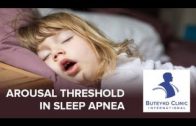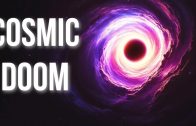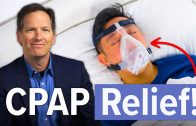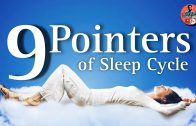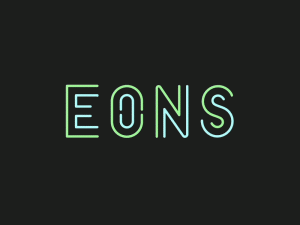Arousal Threshold In Sleep Apnea
https://buteykoclinic.com/ – Buteyko Clinic International
Arousal Threshold:
Another potentially important factor is the propensity to arouse from sleep (the arousal threshold)
Increasing negative intraesophageal pressure during airway obstruction triggers arousal.
Historically given that most respiratory events are associated with a cortical arousal, arousals were considered crucial to reopen the upper airway following a respiratory event in OSA.
However, 75% of adults with OSA have respiratory events that terminate without an arousal or the arousal occurs following airway reopening at some stage of the night.
Numerous respiratory stimuli can contribute to arousal from sleep during a respiratory event.
Increased respiratory effort due to a narrowed pharyngeal airway increases negative intrathoracic pressure.
Individuals with low arousal thresholds might arouse before the dilator muscles are able to reopen the airway.
Continual unnecessary arousals can worsen OSA and contribute to OSA pathophysiology- can perpetuate blood-gas disturbances and cause sleep fragmentation to promote cyclical breathing and prevent establishment and maintenance of more stable, deeper stages of sleep- increased sleepiness.
Delay of arousal with sedatives might help to treat the condition if the upper airway muscles are sufficiently responsive to respiratory stimuli to stabilize the airway before arousal.
If the upper airway muscles responsiveness is sufficiently poor, then arousal is necessary to initiate airway opening.
Patients with high respiratory arousal thresholds, respiratory events are often prolonged, particularly if these patients also have poor upper airway muscle responsiveness.
Click here to Subscribe to Buteyko Clinic International YouTube Channel: https://www.youtube.com/user/buteykoclinic/?sub_confirmation=1
Connect with Buteyko Clinic International:
https://www.facebook.com/ButeykoClinic/
Tweets by Buteyko
